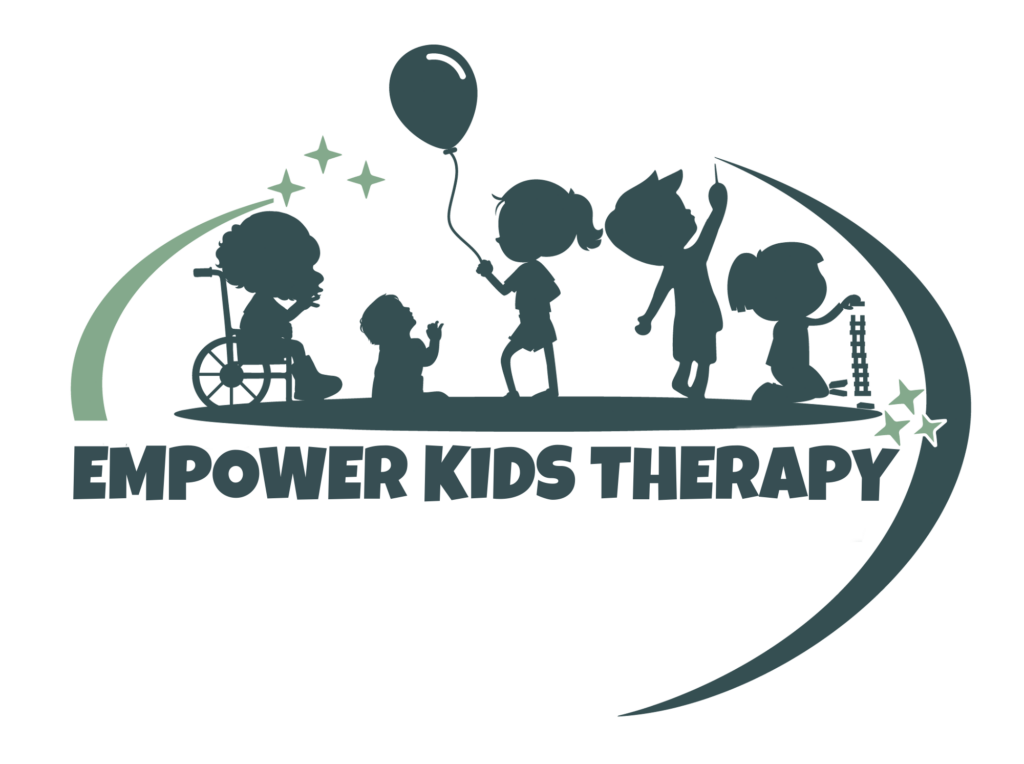How these senses help children in sensory processing and when to address issues.
Taste and smell are important senses… but they often get overlooked.
Did you know that both taste and smell are present at birth?
Infants are born with a sucking reflex which fires from the adaptive response when flavors and scents are being presented.
Remember: Sensory Integration is the perceiving, modulating, organizing, and interpretation of sensations to participate in daily life.
In the example of an infant: the child detects the smell/taste of milk, interprets it to be safe and responds by “sucking” in order to receive the fluids.
Neat, huh?
Let’s Dive In
Taste = gustatory information
When food enters the mouth, it touches the surface where the taste buds exist. There is a chemical reaction that occurs where the taste receptors are.
There are five different types of taste: sweet, sour, bitter, salty and savory. Tastes are critical for enjoyment of foods to expand repertoire.
Smell = olfactory information
Smell begins in the nose and provides information about the chemical make up of particles (odors) that are suspended in air.
Ever smell a certain candle or food item and immediately think of a memory? Smell is tightly linked with emotion because it is processed in the limbic system. Smell therefore has the power to influence our choices, hence, the foods we prefer or the places we like to go.
Over/Under Active Stress
If a child’s sense of smell or taste is overactive, they might be quite defensive when it comes to certain food preferences or environments.
If their sense of smell or test is underactive, a child might need more spices or intense smells to register.
Check out the lists below to see if you have observed any signs that your child’s senses might need some assistance:
Red Flags for the Gustatory (TASTE) System:
- Picky eating with limited food repertoire or only eats foods from specific categories or brands
- Limited to eating foods of certain tastes or temperatures
- Requests heavily seasoned foods
- Specificity about food presentation
- Exhibits anxiety with new foods including gagging or vomiting
- Avoids dental care- won’t brush teeth or go to the dentist
- Mouths or chews non-edible objects
Red Flags for the Olfactory (SMELL) System:
- Portrays strong reactions to smells, even ones others don’t notice
- Does not notice strong or unpleasant odors
- Displays adverse reactions to soaps, perfumes or colognes
- Smells items frequently
How does an occupational therapist help with issues of smell and/or taste?
An occupational therapist is equipped to manage experiences for those who have challenges with their sense of smell or taste. A therapist will teach self-regulation strategies to guide a child into a relaxed state before beginning exploration of these uncomfortable senses.
Fun and playful games are often incorporated this exploration to encourage a relaxed atmosphere. For example, a session might include a blind scent test to identify different categories of smells, or playing oral games with color changing foods. The possibilities are endless!









